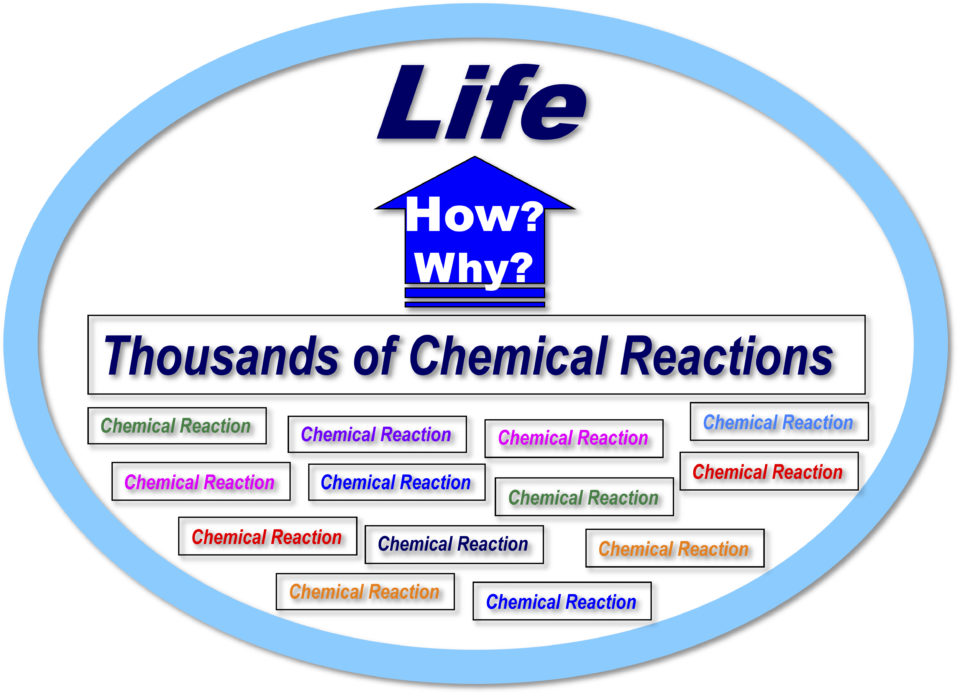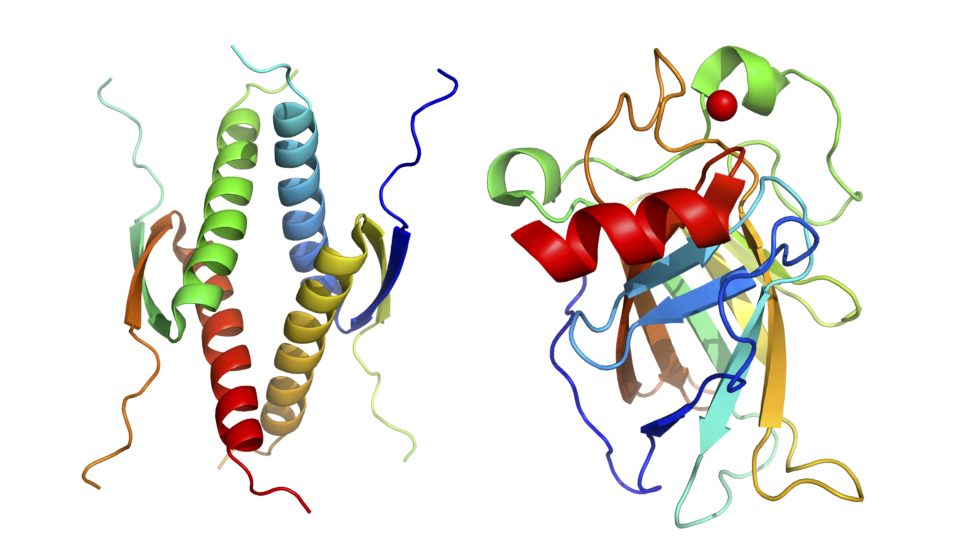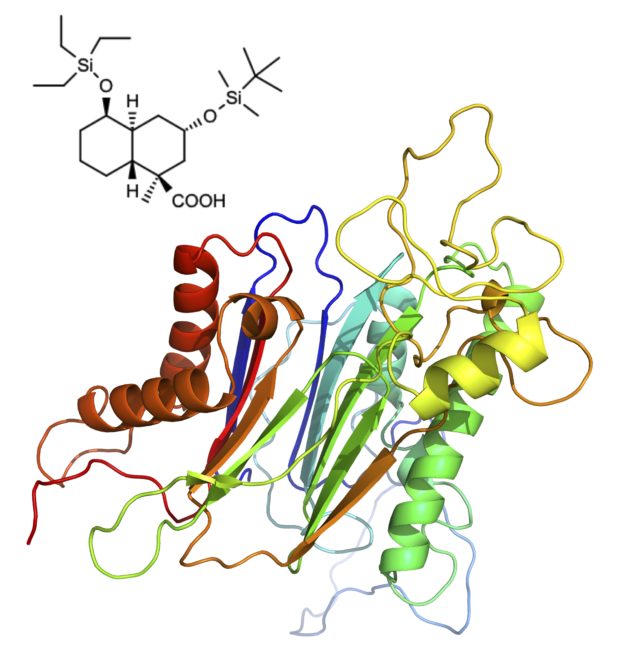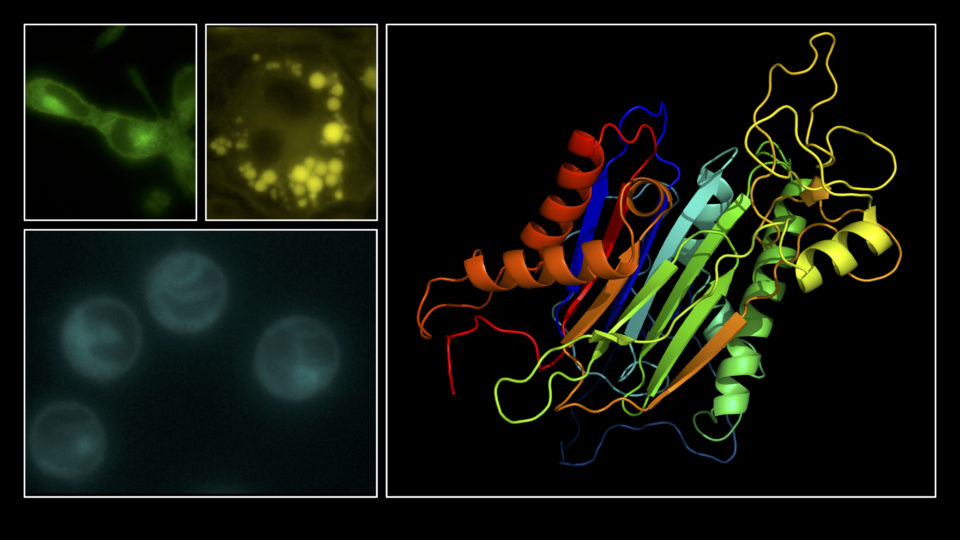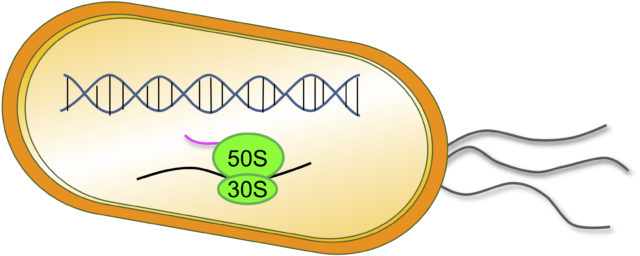One of the most important themes in life science is to understand “how the accumulation of” chemical reactions can become Life”. The key to solving this proposition is to understand ” precise functional control of a wide variety of proteins based on specific interaction and recognition”. Regulation by oligomerization and post-translational modification is the most important mechanism to control the protein functions. In our laboratory, we are currently conducting the following research studies for an integrated understanding of Life from the Chemistry point of view.
Tumor suppressor protein p53: From oligomer formation to cell cycle control, and more.
“Tumor suppressor protein p53” plays a central role in preventing tumor development. p53 is the most important protein for maintaining genomic integrity in individuals and tissues in response to a wide variety of cellular crises stress including DNA damage, oxidative stress, viral infections and starvation stress, and so on. Tetramer formation is essential for the p53 function. In our laboratory, we are conducting comprehensive studies of “p53” from biophysical research to functional elucidation research, evolutionary research, and applied research to biotechnology.
Protein phosphatase PPM family: Novel functions, regulation, substrate recognition, and development of new inhibitors
Protein phosphorylation and dephosphorylation are the most crucial mechanisms in the regulation of in vivo signal transduction. The PPM family is a metal-dependent Ser/Thr phosphatase. Abnormalities in the PPM family members are associated with a variety of diseases, including cancer. In particular, gene mutations and amplification of the p53-induced phosphatase PPM1D have been reported in numerous cancers.
We study new functions and regulation mechanisms of PPM1D and other PPM members. As part of this, we are developing potent and specific PPM1D inhibitors. These PPM1D inhibitors show effectively prevent proliferation of various tumors including childhood cancer, and can be a candidate of molecular-targeted drug targeting PPM1D.
Specific substrate proteins for many PPM family members are still unknown. However, it is very hard to identify the substrate proteins. We are also conducting development of a new substrate identification method for the PPM family.
Understanding the regulation mechanisms of innate immune response by PPM1D phosphatase
Neutrophils are most abundant white blood cells and function in the earliest stages of innate immune responses. Neutrophils have various subsets with different functions. Among these neutrophil-subsets, immunosuppressive subsets including polymorphonuclear MDSCs (PMN-MDSCs) which accumulate in tumor tissues have received a great attention. We are working to understand the role of Ser/Thr phosphatase PPM1D in innate immune cell differentiation and polarization to immune suppressive subsets. Our group also study the adipocyte differentiation and maturation, which are closely related to immune responses and cancer development. Our studies provide important information toward the development of novel cancer immunotherapeutic approaches.
Pursuit of the principle of life: Understanding the Central dogma of molecular biology and the interaction between mirror image biomolecules
In cells, genetic information is preserved by DNA replication, DNA information is transcribed into mRNA, and polypeptides (proteins) are biosynthesized by translation based on the information of mRNA. This framework is called the Central Dogma of Molecular Biology and is treated as the basis of the principle of life. Understanding how the first life was formed and evolved is one of the most important goals of life science. In our laboratory, we are conducting research study to elucidate the synthetic pathway and its function of polypeptides in bacteria, which deviates from the principle of central dogma.
Proteins and DNA consist of L-amino acids and D-form deoxyribose, respectively. It is not yet clear why these optical isomers were selected in the origin of life. It is of great interest to clarify the cross-reactivity of cognitive abilities between enantiomer molecules. We are conducting research to understand specific interactions between natural and unnatural enantiomeric forms of biomolecules.

